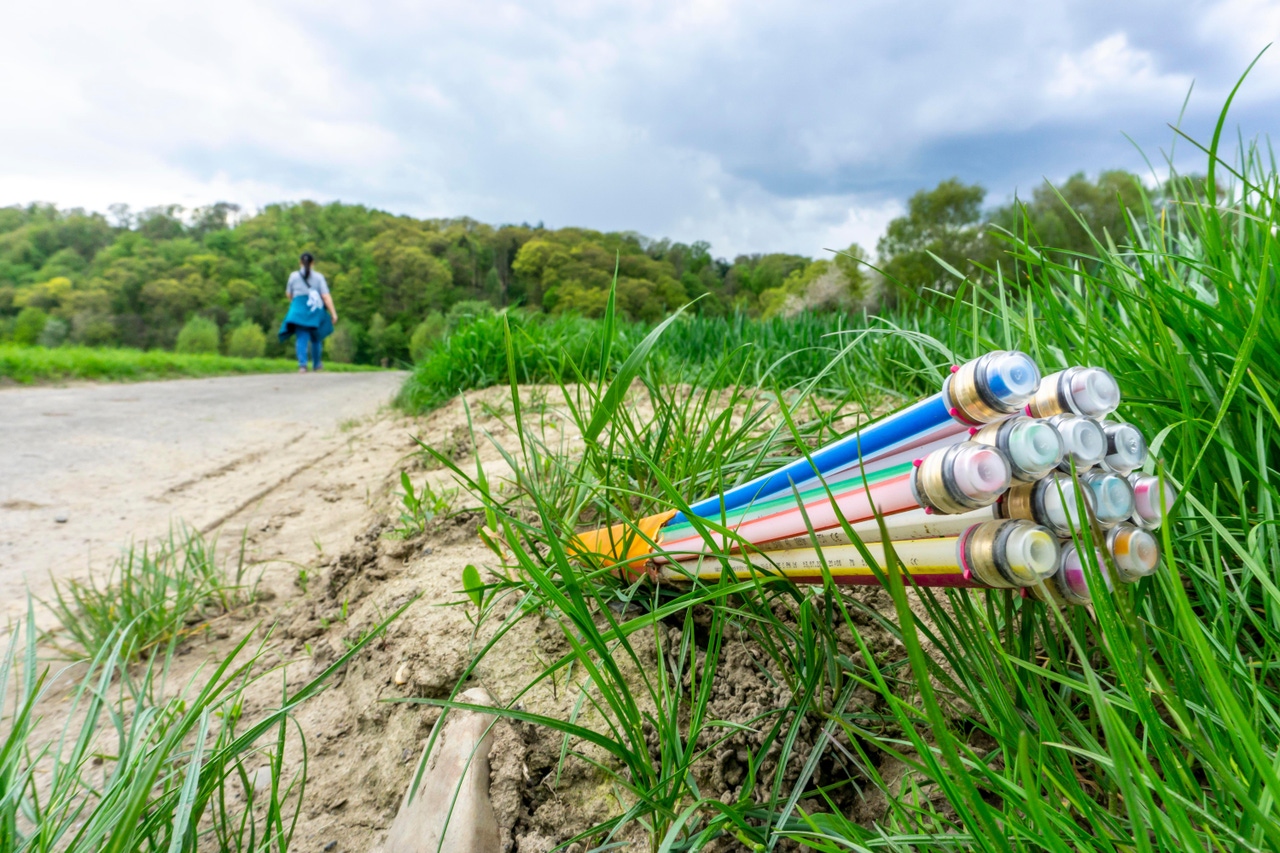Rural Broadband Program Woes Hindering Service DeploymentRural Broadband Program Woes Hindering Service Deployment
Network planners can learn from the defaults, discord, and debate that followed the beginning of the FCC Rural Digital Opportunity Fund (RDOF) disbursements.
June 7, 2024

Network planners and business expanders hoped the $20 billion FCC- administered RDOF would help close the digital divide. Below is a list of issues for these teams to consider as the program has underwhelmed.
The two-phase reverse auction effort launched in 2020 with a charter to deliver broadband to un- and under-served rural locations that could join the national economy as home workers, branch offices, and new business sites.
Now, nearly one-third of the money awarded through RDOF Phase 1 ($9.2 billion) has been defaulted on, leaving those in many census blocks with no definite help in sight. The FCC would not say when Phase 2 will begin.
The ISPs continue to default, with many thinking they can simply grab funds from the BEAD program, but that is unlikely as most states have already chosen providers that will deliver broadband, and defaulters have been assessed fines.
Enterprise impact
“For enterprises looking to expand service in areas designated as unserved or underserved, this all means they won’t be getting appropriate broadband service in a reasonable amount of time,” explained Jeff Heynen, Director, Broadband Access and Home Networking for Dell’Oro Group, a telecom market research and consulting firm. “They have to continue to look for contingencies.”
What is the RDOF?
The RDOF will disburse up to $20.4 billion over ten years to bring fixed broadband and voice service to millions of unserved homes and small businesses in rural America. RDOF uses a two-phase, competitive reverse auction "that prioritizes higher network speeds and lower latency," according to the FCC. Phase II will cover locations in census blocks that are partially served, as well as locations not funded in Phase I.
The RDOF Phase I Auction ended on Nov. 25, 2020, and awarded $9.2 billion in support to 180 winning bidders. RDOF (Phases 1 and 2) was originally budgeted for $20 billion, but it is unclear if or when the remaining funds (and defaulted amounts for Phase 1) will be made available. When asked, an FCC spokesperson declined to comment.
Shortly after the awards, ISP top recipients started to drop out/default, leaving countless census blocks in the lurch. Some were for internal financial issues (Starry) and more (LTD Broadband and Elon Musk's SpaceX) for other reasons. These three accounted for nearly a third of the $9 billion awarded by the RDOF. Just last month, Altice USA defaulted on RDOF funding, betting that the census blocks would be included in BEAD. Charter Communications has done the best job providing broadband at volume under the RDOF, claimed Heynen.
What are enterprises to do?
For enterprises, especially those looking to expand service in areas designated as unserved or underserved, this all means they will not be getting appropriate broadband service in a reasonable amount of time, according to Heynen.
Check with providers. Are any providers planning to expand their networks using their own capital? That way ISPs are not beholden to some requirements of each program.
Have a plan B. Enterprises must continue to look for contingencies—including fixed wireless—as a stopgap until the wired services become available. Another feasible option is low-earth orbit satellites. Look into home and business options.
The RDOF defaults are frustrating, for sure. But they are only going to increase as operators bow out and re-submit the projects for inclusion in the BEAD process. “RDOF is turning out to be a bit of a bust,” said Heynen.
BEAD is more attractive, especially with the benefit of better mapping and matching funds by the providers themselves to show they have some skin in the game. The FCC plans to use a reverse auction for disbursing $9 billion from the 5G Fund, which was created to drive deployment of 5G service in rural areas.
Keep in mind that there are overlapping broadband programs. With several overlapping programs, assume there will be confusion as they are typically run by different government agencies that use differing approaches to incenting ISP to cover un and underserved areas.
Balance the pros (time) and cons (cost) of the DIY approach. Funding programs can take years from introduction to delivering funds. If your business needs cannot wait, or the timelines do not match, waiting for government funding to get to ISPs will be the hardest part.
A final word on reverse auctions
"It is highly unlikely that another reverse auction process like the one used for RDOF will ever be done again," predicted Heynen. "Providers used their marketing speeds—not the actual speeds they delivered—to leave millions of locations that could not get 25/3 out of the process. Until coordination was handed to the individual states, like it is in BEAD, RDOF was going to have a challenging time succeeding. And with it, millions of homes and businesses are struggling to get anywhere near the 25/3 threshold."
About the Author
You May Also Like




